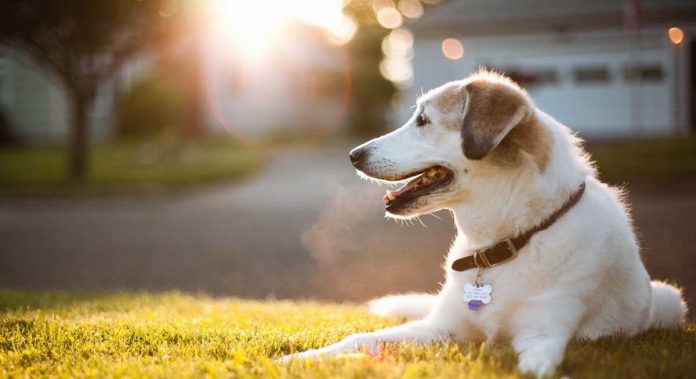A dog is not a human. He cannot walk on two legs, eat with a spoon and speak in human language. But just like you, he is able to feel, experience and express his emotions. And if you are truly attached to your pet and want to learn to understand him, take a closer look – the dog’s poses, gestures and behavior will say much more than you could imagine. All of this is a kind of canine language.
To learn to understand your dog, simply observe your pet and his behavior at home, with loved ones, while walking and in the process of interacting with other animals. In what cases does he wag his tail, why does he begin to growl, what provokes his barking or fright? It is important to remember that a dog’s behavior is closely related to its physical condition. First of all, you need to choose the right food for your puppy. Experts believe that the best feeding method for puppies is a combination of dry and wet rations. You can read more about this in our article: Feeding Dogs. Recommendations And Rules. It is also necessary to regularly check the condition of your pet’s teeth using a specially designed test.
Answering these questions will help you quickly understand your dog’s behavior.
Who is the head in this house?
The first thing you should pay attention to when watching your pet is his behavior with his family. No, it’s not surprising that, as soon as it appears in your house, the puppy begins to perceive you and your loved ones as members of their new pack. Therefore, he behaves accordingly: he recognizes a leader in you, or, on the contrary, having got used to it a little, tries to show dominant behavior. It is important from the first days of being in the house to make it clear to the puppy that you are the owner of the house, and to suppress any attempts by the puppy to demonstrate its advantage over family members: annoying barking, attempts to bite, display of aggression, desire to take a seat in a chair or at the table. You will be able to develop the right relationship with your puppy only if he recognizes your leadership.
Happiness exists!
Tail wagging is most often a sign that your pet is happy. And it doesn’t matter what caused him such emotions: your return home, an affectionate word or a simple stroking. The main thing is the puppy’s attempt to tell you how he is feeling. Other signs of joy are cheerful eyes, a relaxed posture, and a special ritual dance in which your loved one tries to put his emotions.
Play with me!
How can you resist a touching invitation to play? Look, your baby seems to bow to you, almost touching the ground with his muzzle. Give him some time, play – he will be very grateful to you.
Mine and ours
Puppies very quickly learn the difference between “friend” and “stranger”. Therefore, if you suddenly see that your pet is lying with a favorite toy between its front paws, do not try to take it away right away – this can provoke aggression or distrust. Do not forget to warn the children about this. If necessary, you can exchange the toy for a treat or distract the puppy with a more interesting activity.
Disguise secrets
If a puppy is scared by something, you will know by his behavior. When a dog is afraid, as a rule, it cringes, tries to hide, run away, lie on its back and begin to whine plaintively, trying to evoke pity. Obviously, this is due to the fact that adult dogs in a pack rarely attack young ones, perceiving them more as children, and not as rivals. Another sign of fear in a pet can be flattened ears and a tail between its paws – this is how it tries to prevent a threatening object from identifying it by smell.
The owner is the authority
A bowed head, tucked ears, a tucked tail – this behavior of a dog indicates a manifestation of submission. And it doesn’t matter if this is innate shyness, or it appeared already in the relationship with you. Such a puppy will not growl or grin at you, expressing dissatisfaction or unfriendliness, but on the contrary – he will behave obediently, even obsequiously, and from fright can easily make a puddle in the living room. Do not punish him for this behavior, try not to frighten him with harsh gestures or loud sounds. Let your puppy feel like he has nothing to fear in your presence.
Aggression – no
Aggressive dog betrays itself with its head held high, its gaze and its coarse hair. Take a closer look at your pet: does he often growl, bark, provoke fights with other dogs? Such actions must be stopped immediately. Don’t let your puppy see any signs of weakness or fear. For him, you must always remain an indisputable authority. If the behavior of the puppy is not clear to you or causes concern, seek help from an experienced dog handler.


